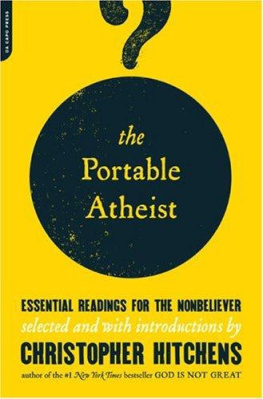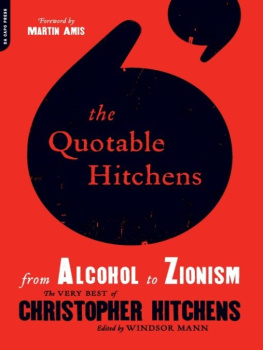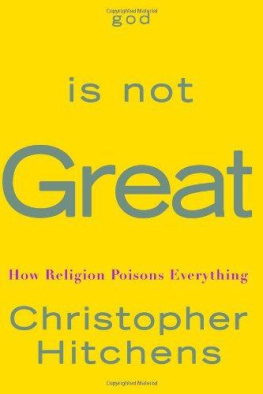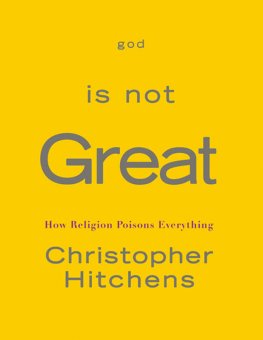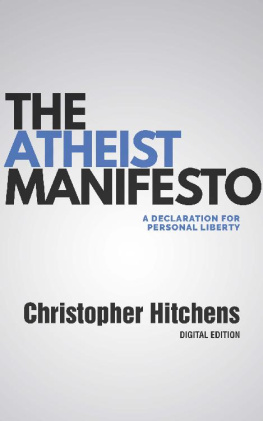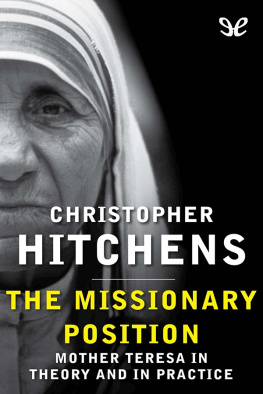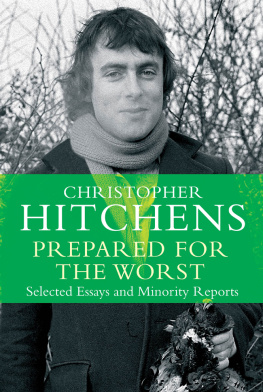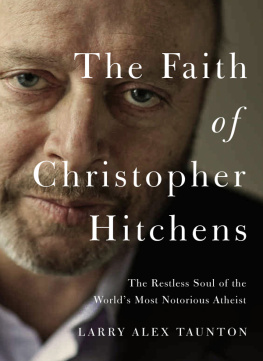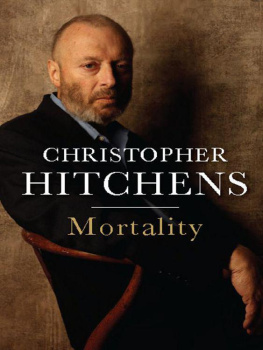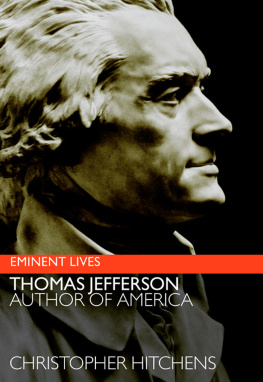Christopher Hitchens - And Yet...: Essays
Here you can read online Christopher Hitchens - And Yet...: Essays full text of the book (entire story) in english for free. Download pdf and epub, get meaning, cover and reviews about this ebook. year: 2015, publisher: Simon & Schuster, genre: Detective and thriller. Description of the work, (preface) as well as reviews are available. Best literature library LitArk.com created for fans of good reading and offers a wide selection of genres:
Romance novel
Science fiction
Adventure
Detective
Science
History
Home and family
Prose
Art
Politics
Computer
Non-fiction
Religion
Business
Children
Humor
Choose a favorite category and find really read worthwhile books. Enjoy immersion in the world of imagination, feel the emotions of the characters or learn something new for yourself, make an fascinating discovery.

- Book:And Yet...: Essays
- Author:
- Publisher:Simon & Schuster
- Genre:
- Year:2015
- Rating:3 / 5
- Favourites:Add to favourites
- Your mark:
And Yet...: Essays: summary, description and annotation
We offer to read an annotation, description, summary or preface (depends on what the author of the book "And Yet...: Essays" wrote himself). If you haven't found the necessary information about the book — write in the comments, we will try to find it.
The death of Christopher Hitchens in December 2011 prematurely silenced a voice that was among the most admired of contemporary writers. For more than forty years, Hitchens delivered to numerous publications on both sides of the Atlantic essays that were astonishingly wide-ranging and provocative. The judges for the PEN/Diamonstein-Spielvogel Award for the Art of the Essay, posthumously bestowed on Hitchens, praised him for the way he wrote with fervor about the books and writers he loved and with unbridled venom about ideas and political figures he loathed. He could write, the judges went on to say, with undisguised brio, mining the resources of the language as if alert to every possibility of color and inflection. He was, as Benjamin Schwarz, his editor at The Atlantic magazine, recalled, slashing and lively, biting and funnyand with a nuanced sensibility and a refined ear that he kept in tune with his encyclopedic knowledge and near photographic memory of English poetry. And as Michael Dirda, writing in the Times Literary Supplement, observed, Hitchens was a flail and a scourge, but also a gift to readers everywhere.
The author of five previous volumes of selected writings, including the international bestseller Arguably, Hitchens left at his death nearly 250,000 words of essays not yet published in book form. And Yet assembles a selection that usefully adds to Hitchenss oeuvre. It ranges from the literary to the political and is, by turns, a banquet of entertaining and instructive delights, including essays on Orwell, Lermontov, Chesterton, Fleming, Naipaul, Rushdie, Pamuk, and Dickens, among others, as well as his laugh-out-loud self-mocking makeover. The range and quality of Hitchenss essays transcend the particular occasions for which they were originally written. Often prescient, always pugnacious, and formidably learned, Hitchens was a polemicist for the ages. With this posthumous volume, his reputation and his readers will continue to grow.
Christopher Hitchens was the cartographer of his own literary and political explorations. He sought assiduously to affirmand to reaffirmthe ideas of secularism, reason, libertarianism, internationalism, and solidarity, values always under siege and ever in need of defending. Henry James once remarked, Nothing is my last word on anything. For Hitchens, as for James, there was always more to be said.
Christopher Hitchens: author's other books
Who wrote And Yet...: Essays? Find out the surname, the name of the author of the book and a list of all author's works by series.

